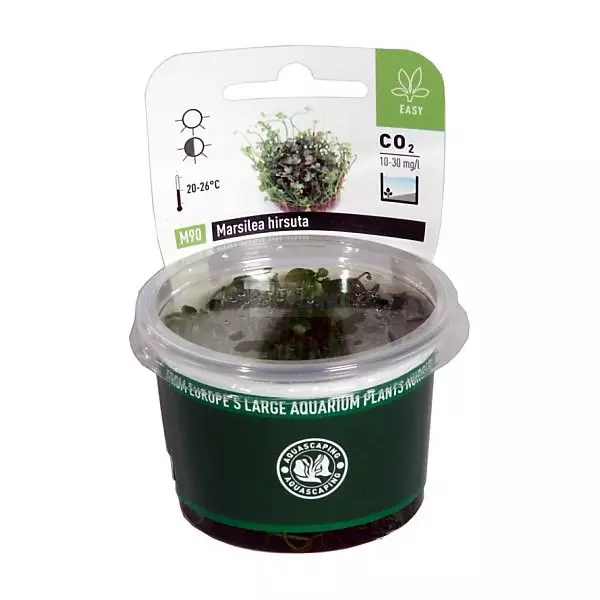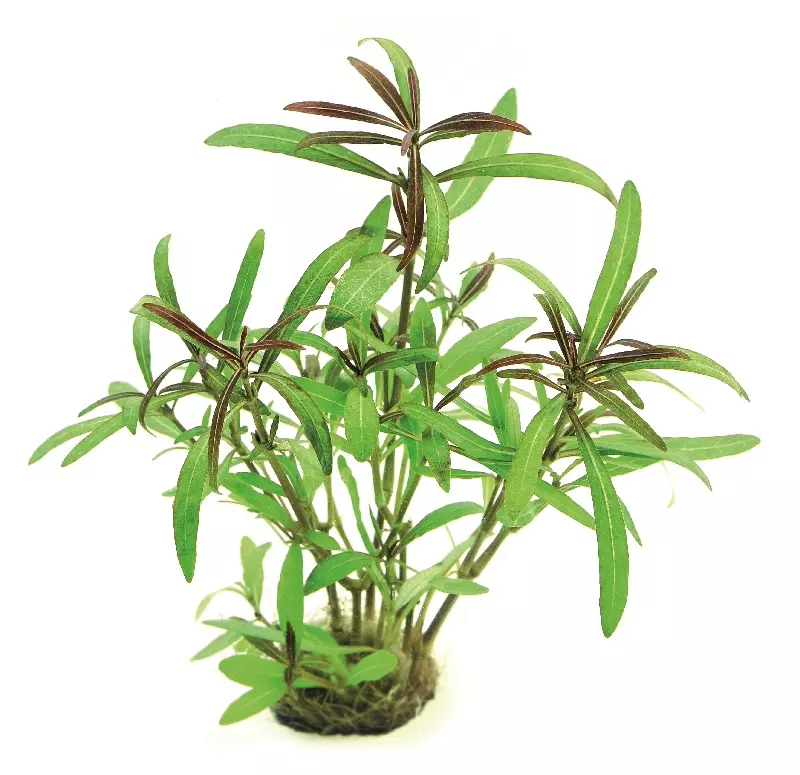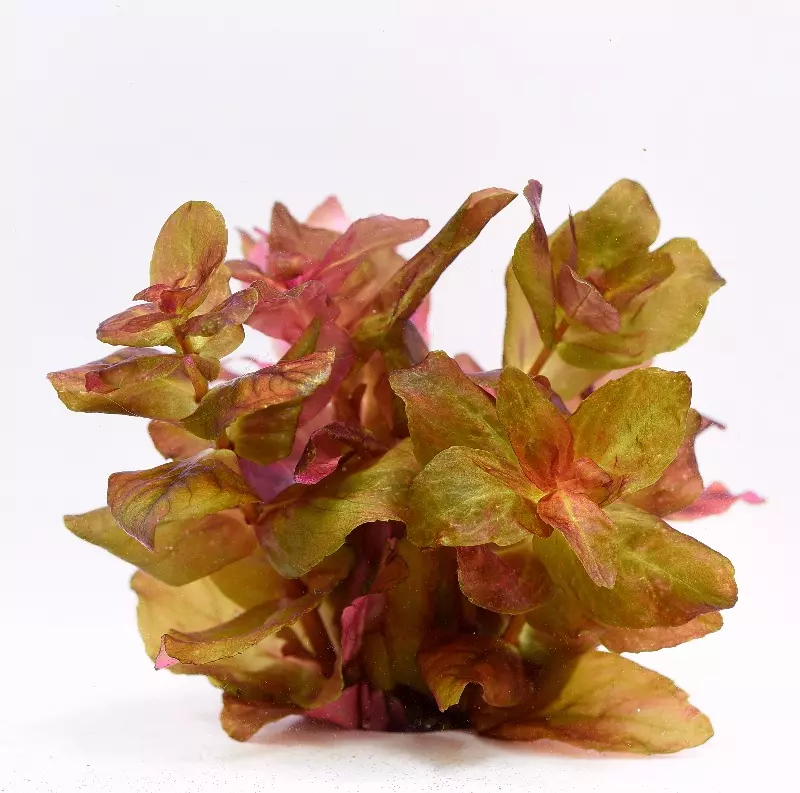Product information "Cryptocoryne Spiralis 'Red"
Cryptocoryne Spiralis 'Red'
Cryptocoryne Spiralis 'Red' is an extremely decorative plant for the second level of an aquarium. It is characterized by narrow, strongly curled leaves with a dark brown-red coloration. This variety originates from India and is a true rarity.
- Difficulty of growing: medium
- Light requirement: medium
- CO₂ requirement: low
- Adult plant height: up to 40 cm
- Growth: moderate
- Temperature: 23-27°C
- Placement in aquarium: second level
- Origin: Asia
- 6 cm cup diameter
Cryptocoryne Spiralis 'Red' is a very special and beautiful plant native to Asia. It can be found from Bangladesh to India to the island of Sri Lanka. In its natural habitat, this Cryptocoryne grows along streams and rivers in forests and higher elevations with humid climates.
It is still little known in Europe and is considered a rarity in aquaristics, especially since it is rarely available in stores.
Cryptocoryne Spiralis 'Red' is characterized by its dark brown-red, narrow leaves, which are strongly wavy and resemble a stripe with a wrinkled edge. The leaves are grouped in a rosette. In appearance, this plant resembles another Zwittera variety, namely Cryptocoryne Cispatula var.
Red Cryptocoryne Spiralis contrasts well with green plants and is ideal for the background of the aquarium. It is original and unusual, making it an eye-catcher.
It is not very demanding in cultivation, does not require special care and does not need regular pruning. You just need to provide her with the right growing conditions.
It needs moderate light. It has no special requirements for pH, which is 6.0-7.0. It prefers moderately hard water up to 10°. The plant does not need any special fertilization as long as a nutrient-rich substrate is available. It is good if it contains an addition of clay and peat. It is also important that it is at least 5-7 cm thick, as this variety develops a rather strong root system. It has long, creeping stems and easily reproduces by spreading. To obtain a seedling, simply divide it.
Planting: The plant must be removed from the cup and thoroughly rinsed from the gel under running water. This is best done by placing the plant in a container of lukewarm water. Most of the gel will then fall off by itself. Divide the contents of the cup into 1-2 cm lumps and then place them at a small distance on the selected items
.

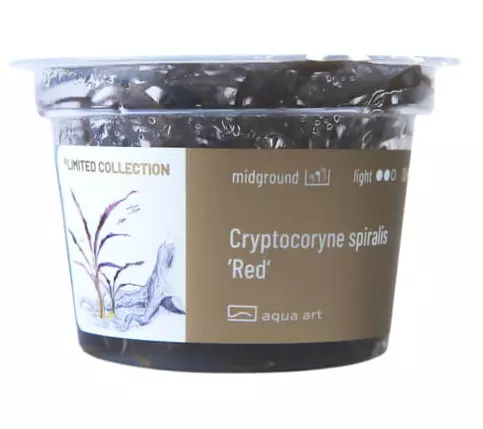










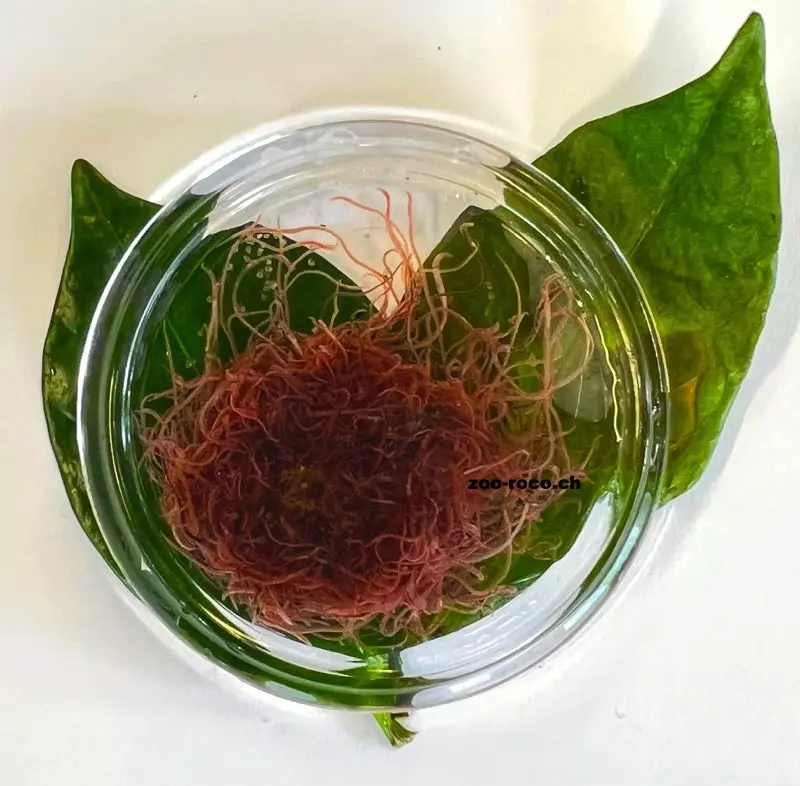




.jpg)











